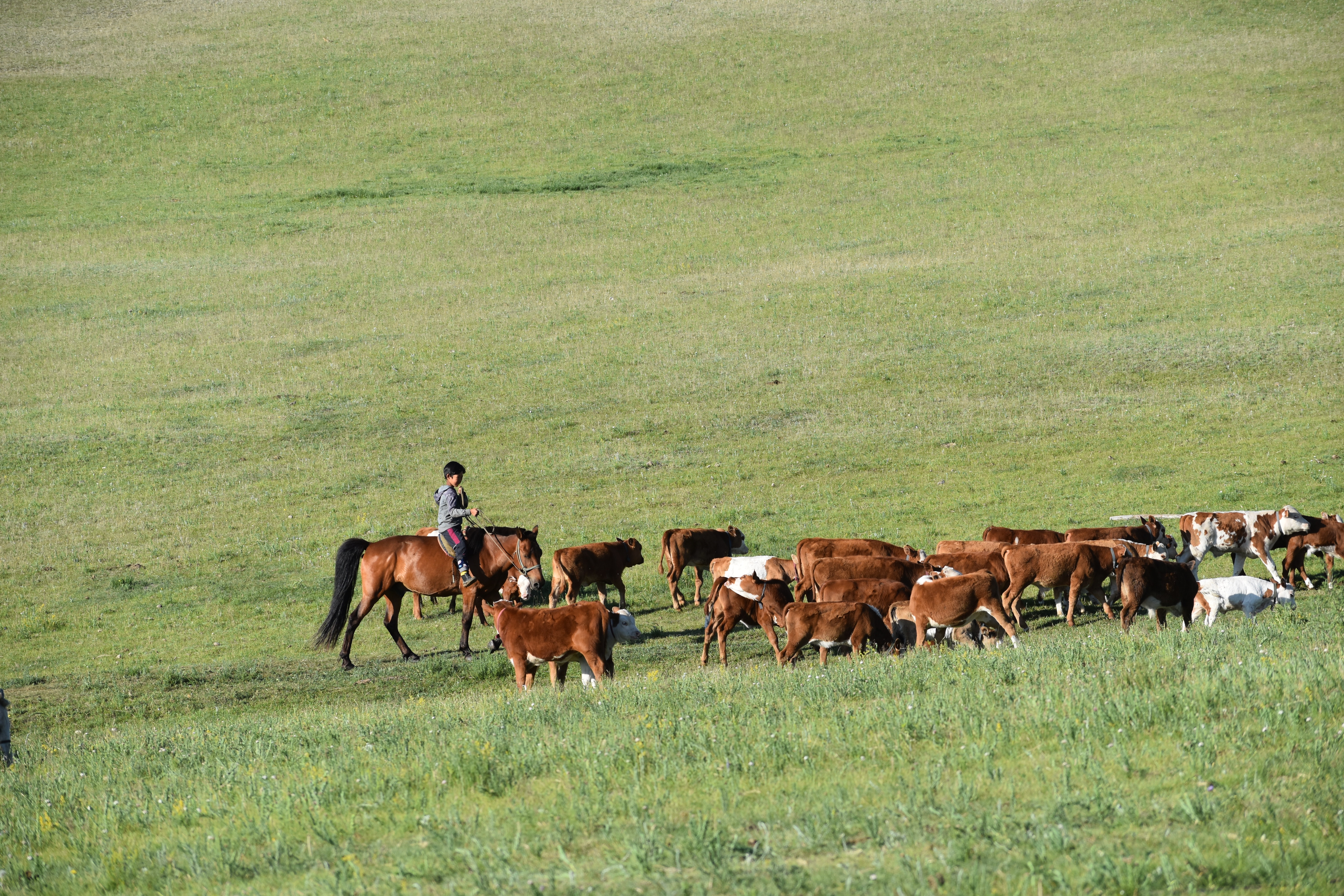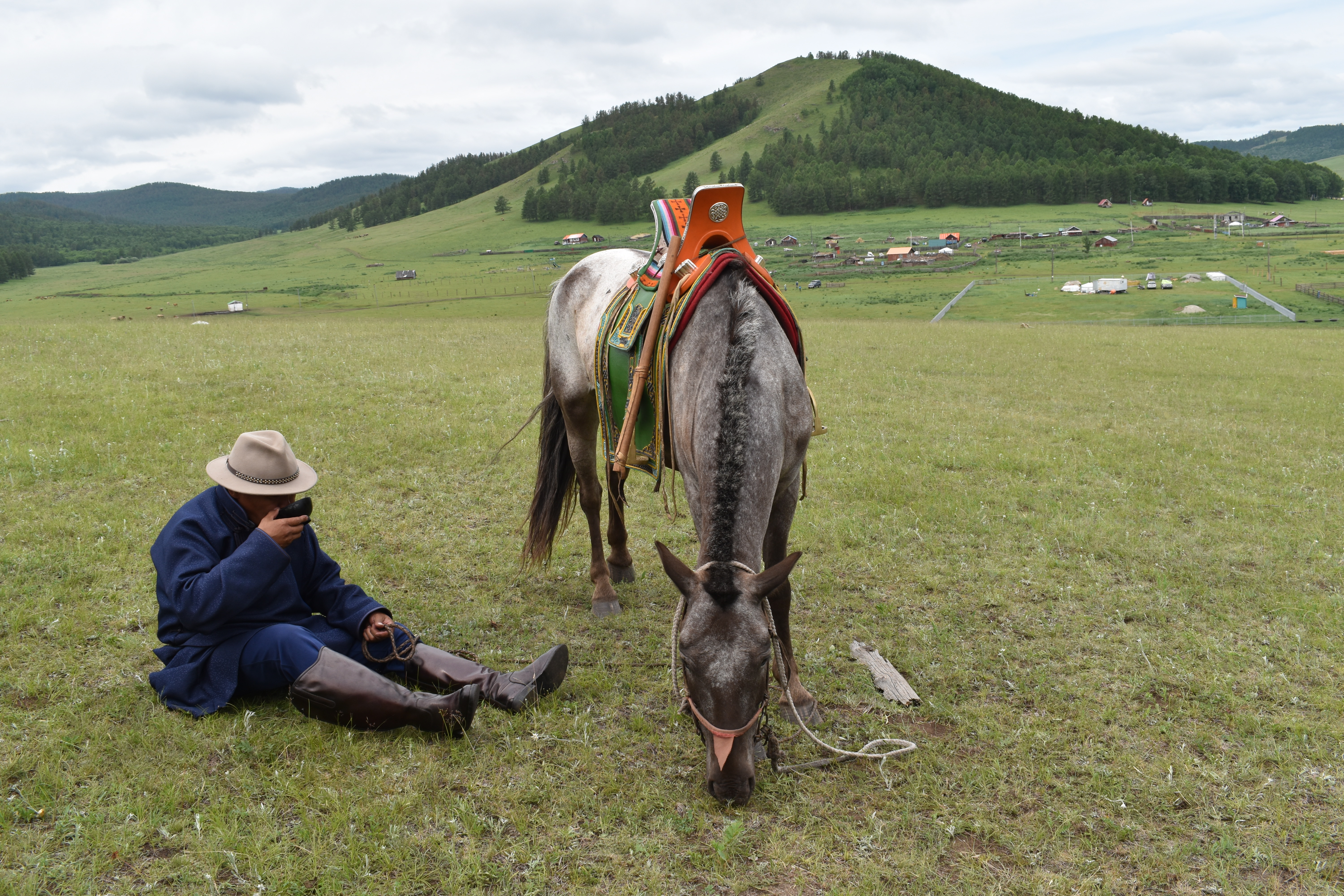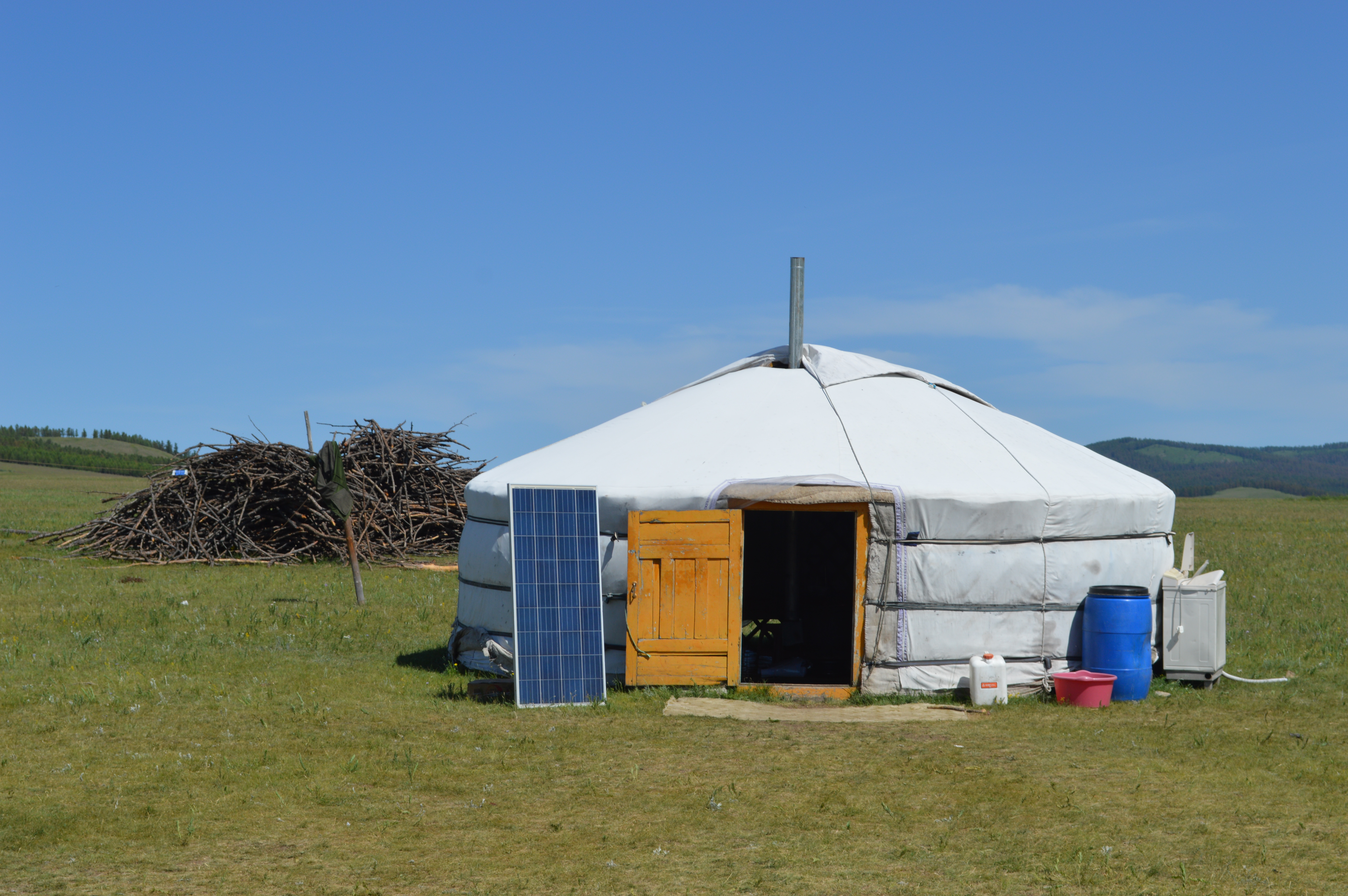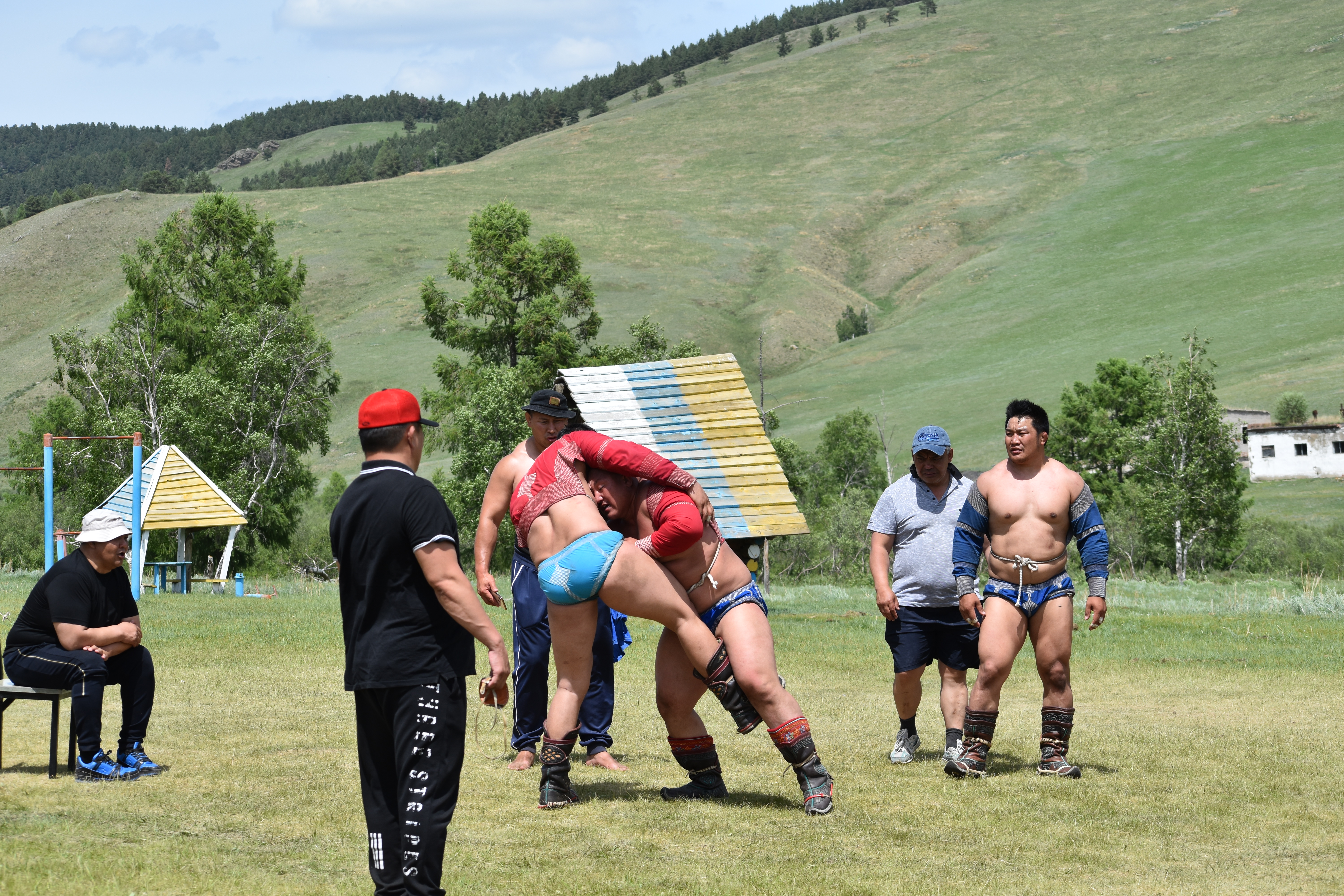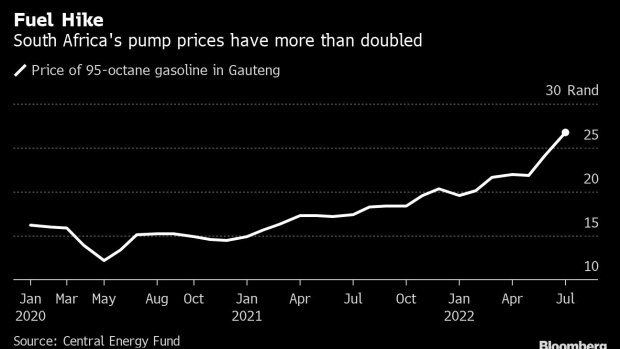Sophie Gallagher
Thu, July 7, 2022
For weeks after the murder of primary schoolteacher Sabina Nessa in September, one of the top suggested questions on Google was “what was Sabina Nessa wearing?”
If you did a quick search of the 28-year-old’s name, instead of being served information about her career, her love of make-up and bags, her fondness for her three pet cats, how she would pick fruit off the crabapple tree in her parents’ back garden or how her family would come to desperately mourn her during Eid, readers would be presented with that question.
Although the misguided entry now appears to have been removed – and is only partly the fault of the search engine given that it is dictated by what users are commonly looking for – it points perfectly to one of the biggest lies we tell ourselves about violence against women. Namely, that women are partially to blame for the tragic fates that befall them. That something Sabina did, or did not do, was (at least in part) the reason behind what happened to her.
As a society we tell ourselves this constantly: that women can do more, be safer, take greater precautions, wear different clothing, drink less alcohol, walk a better-lit route home and never be alone to avoid becoming victims of male violence. Instead of tackling gender-based violence where it starts, with men, we try to prepare women to avoid becoming victims.
This is wrong. Our whole approach needs to be flipped on its head. But it is not the only lie we tell ourselves about this social ill. We also believe falsehoods about the men who commit violence – namely that it is only monsters, those on the fringes of society, who do so. But, as educator and author of The Macho ParadoxJackson Katz said in his 2012 TEDx Talk, these men do not “crawl out of the swamp, come into town and do their nasty business and then retreat into the darkness”. In reality, perpetrators are much more normal than that.
In January 2022, Scottish MSP Karen Adam tweeted: “Paedophiles and predators are people. Not bogey men under the bed. Not mac-wearing flashers in the street, faceless and nameless. They are our family, friends and colleagues. They are not scary monsters.” But this reality jars with the narratives we have woven around violence: consider even the most basic of rape myths – that of stranger danger.
Contrary to what we might believe, the majority of sexual attacks on women are not perpetrated by random men lurking in the darkness, waiting to pounce, but by people known to the victims. Only 16 per cent of rapes are committed by strangers, according to the crime survey. The most likely perpetrators are partners or ex-partners (44 per cent). Sociologist Michael Flood says: “[Our] vision of what that violence looks like is very narrow. A vision of rape is a stranger leaping out of the bushes and physically assaulting a woman with a weapon or leaving her physically injured.”
In addition to this mistaken belief, we tell ourselves that violence is rare and unlikely to affect most women. But a survey by the UN found that more than 70 per cent of women in the UK had experienced sexual harassment in public. This number rose to 97 per cent among 18 to 24-year-olds. More than half of women had experienced catcalling, 40 per cent had been groped, a third had been followed and one in five had faced indecent exposure.
Young women are not exempt – a 2015 survey of 1,574 young girls by Girlguiding found that 81 per cent had experienced or witnessed sexism in the week before the survey was taken. This isn’t even the full picture – fewer than one in six victims (16 per cent) had actually reported their assault to the police, according to the latest crime survey for England and Wales.
Even when women do report it, we tell ourselves yet another untruth: that there is a significant proportion of women who create false accusations for their own gain. The bogeyman of the fabricated story lingers in spite of the evidence that demonstrates such cases are rare.
To keep up to speed with all the latest opinions and comment sign up to our free weekly Voices Dispatches newsletter by clicking here
In 2013, the Crown Prosecution Service (CPS) published a report looking into the phenomenon and showed that over a 17-month period there were a total of 5,651 prosecutions for rape and, in the same period, 35 prosecutions for false allegations of rape. This is 0.62 per cent. Even among that small number, the CPS concluded that “in some cases, the person alleged to have made the false report had undoubtedly been the victim of some kind of offence, even if not the one which he or she had reported”.
What is far more likely than false accusations, according to the stats, is that women won’t be believed when they are telling the truth. In 2014, a joint government-police monitoring report indicated a “culture of disbelief” as police forces wrote off up to a third of all rape allegations reported to them.
These lies all help to convey a false narrative around who is responsible for violence and what can be done about it, a narrative that alleviates men of the requirement to change. But the biggest lie of all? That extreme violence, like that dispensed against Sabina, or Sarah Everard, or Zara Aleena, is unconnected to other inequalities.
There can be phenomenal reluctance to connect sexism and sexual violence with women’s lower economic, social and cultural standing, but this sub-status is implicitly linked. When society sees women’s needs, their wants, their ambitions, their intelligence, their capability, their leadership as secondary to men, in a world in which women are dehumanised, it creates the conditions for men to use control if it further serves their needs.
How Men Can Help: A Guide to Undoing Harm and Being a Better Ally, by Sophie Gallagher, is published by Welbeck on 7 July, £12.99



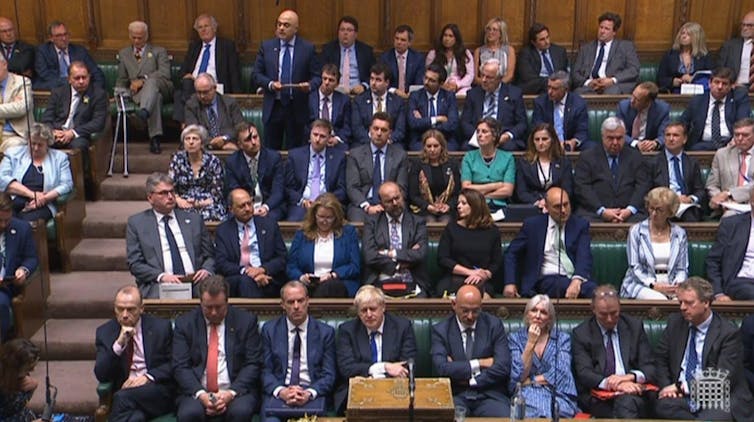

_y_y_.png)







